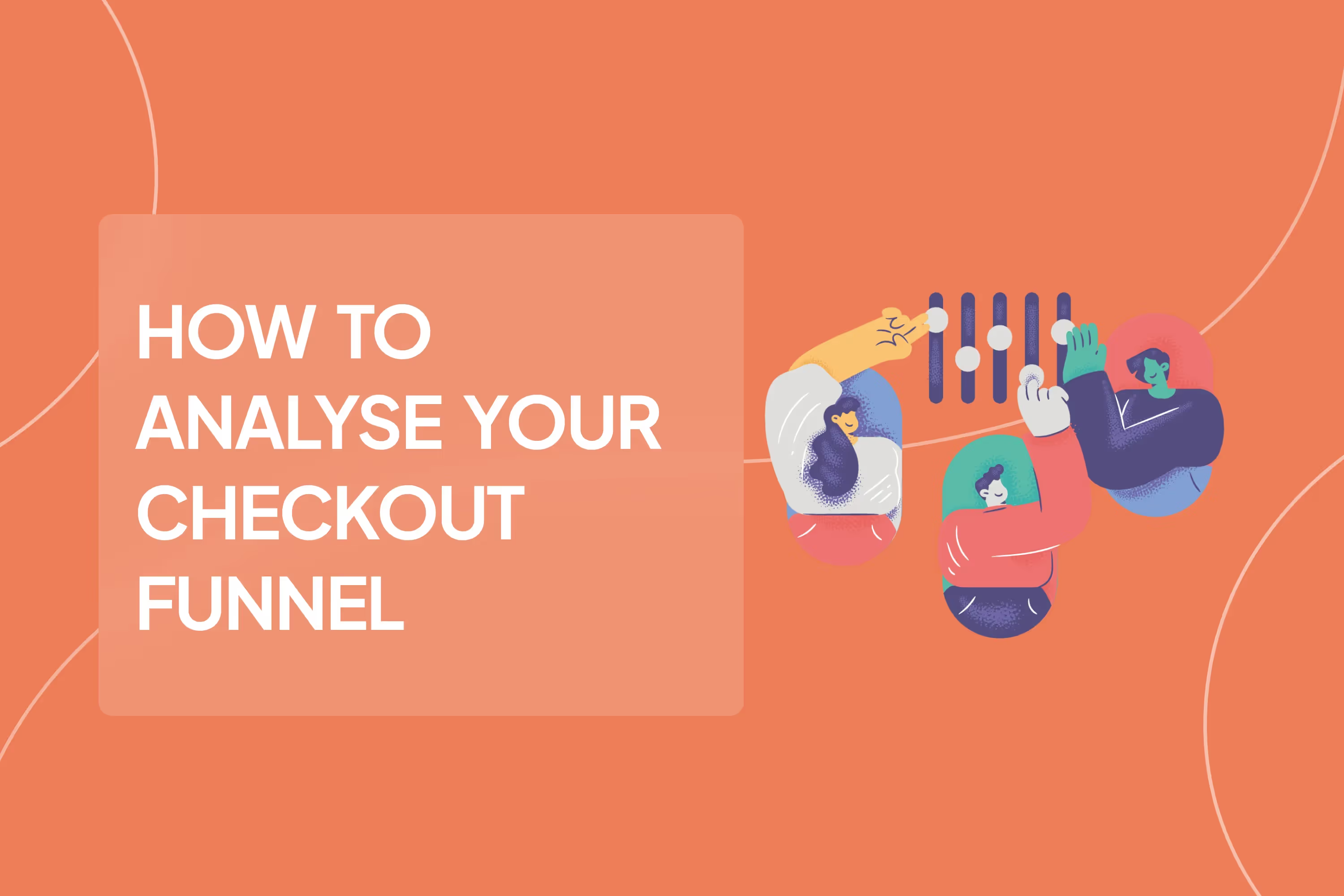Looking at your checkout funnel is daunting at first, you don’t really know what you’re looking at exactly, sure you know the basics but what does it mean.
When you’re looking at the conversion rate, it gives you the total about why people buy your product, but at the checkout, customers tend to be very high intent, so there should be no reason to not convert.
So instead of looking at it like:
Add to cart → Order placed
Let’s take a look at each step of the funnel, to get a clearer picture of exactly where people drop off.
Add to cart → login
Login → address fill
Address fill → discounts applied
Discounts applied → payment processing
Payment processing → Order placed
This gives you an in-depth understanding of conversions on your website and exactly where you need to optimise your checkout.
A few things to get right before we look at the funnel.
- Know your customer some text
- Analyse customer behaviour to understand preferences and motivations.
- Communicating consistently some text
- Keeping a regular point of contact with your customer, both before and after placing an order, does a lot more for LTV than any app ever will
- Benchmarking some text
- Comparing performance to internal monthly/yearly averages and competitor data gives you not only a stronger grasp of the industry but also gives you more of a leverage when it comes to experimenting with newer ideas.
Setting up micro journeys along your checkout, allows you, as a brand, to identify the parts of your funnel that need to be optimized, it allows you to separate and attack the things that do not work and optimise the things that do.
Here’s some steps Shopflo takes to optimise the checkout journey for any D2C Brand:
Login → Address Submitted
- Reduce Friction:
- Implement fast and secure login options like the Truecaller plugin for instant phone number verifications.
- This helps build trust with the customer and your brand.
- Increase intent to Login:
- This not only helps customers have an easier login the next time they are on the website, but also it helps in retargeting, if they abandon the cart.
- Build trust with prominent trust badges that showcase brand credibility, product quality, and delivery reliability.
- Use banners on the login page to clearly communicate delivery timelines and guarantees.
- Design your checkout to reflect your brand identity through logos, colours, and button styles.
- Minimise New Address Friction:
- Optimise address form fields: Remove unnecessary fields like address line 2 if it doesn't significantly impact return-to-order (RTO) rates. Monitor RTO and fraud address data to gauge the impact of changes.
Discounts → Payments
- Easy discounts. Easy conversions.
This is where most of the coupon application happens.
- Keep coupon rules simple & edit coupon descriptions to guide customers clearly
- Check discount performance on Shopflo dashboard (you can understand which coupon application is failing the most & solve for specific issues)
- Experiment with order & description of discounts: by default is set by highest offer applicable
- Incentivize Payment
- Utilise both manual and automatic payment offers strategically to nudge customers towards completion.
- Communication is key- build trust by displaying easy and accessible communication about your payment and refund policies, delivery timelines and any common concerns raised by customers.
- Boost payment rates
- Keep an eye on your analytics dashboard to see which payment gateway has the best success rates. Track averages and benchmarks to identify improvements.
- Small changes make the biggest difference: many brands have seen that reordering payment tiles affect their overall conversion rate, experimentation is key.
- If COD is crucial for your business, carefully test and optimise COD extra charges, prepaid offers, and payment tile placement to achieve the optimal balance between conversion and prepaid adoption.
Interested in learning more about how you can optimise your checkout conversion rate? Click here
